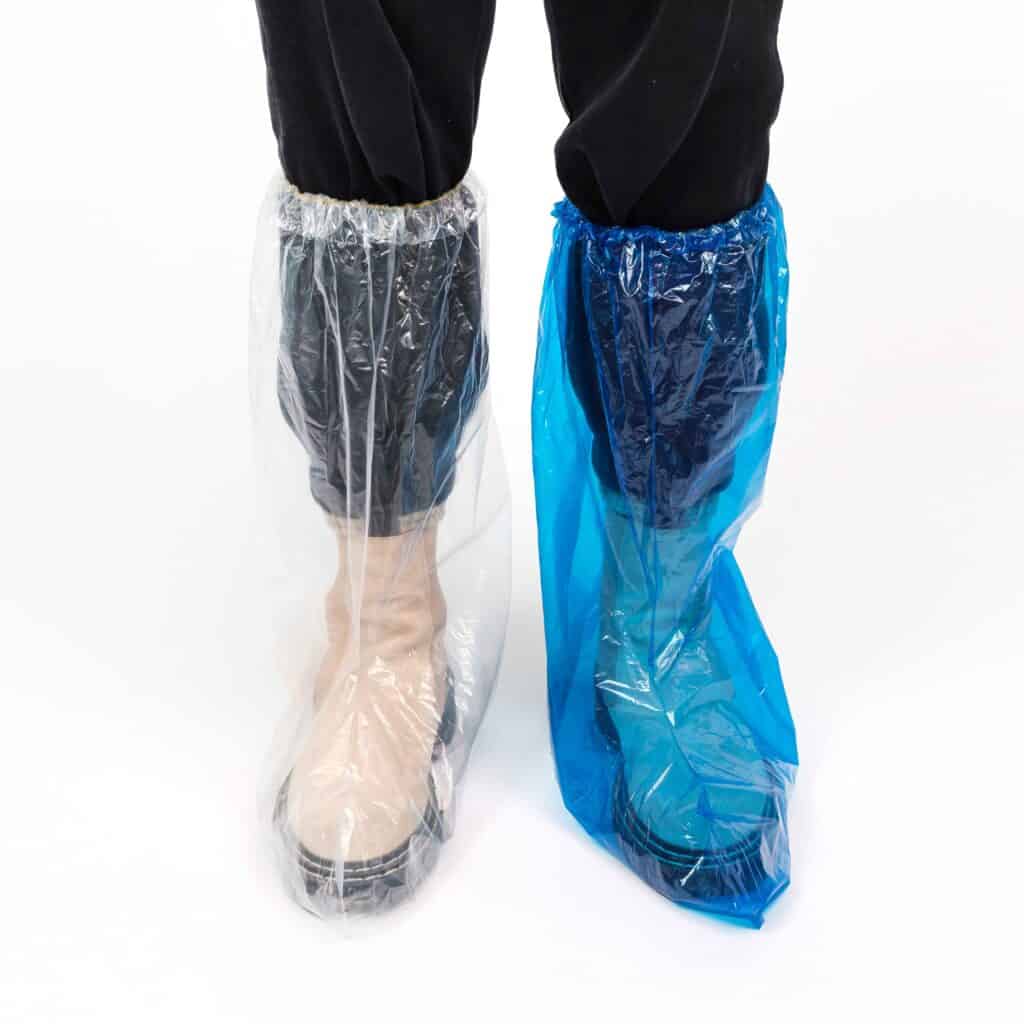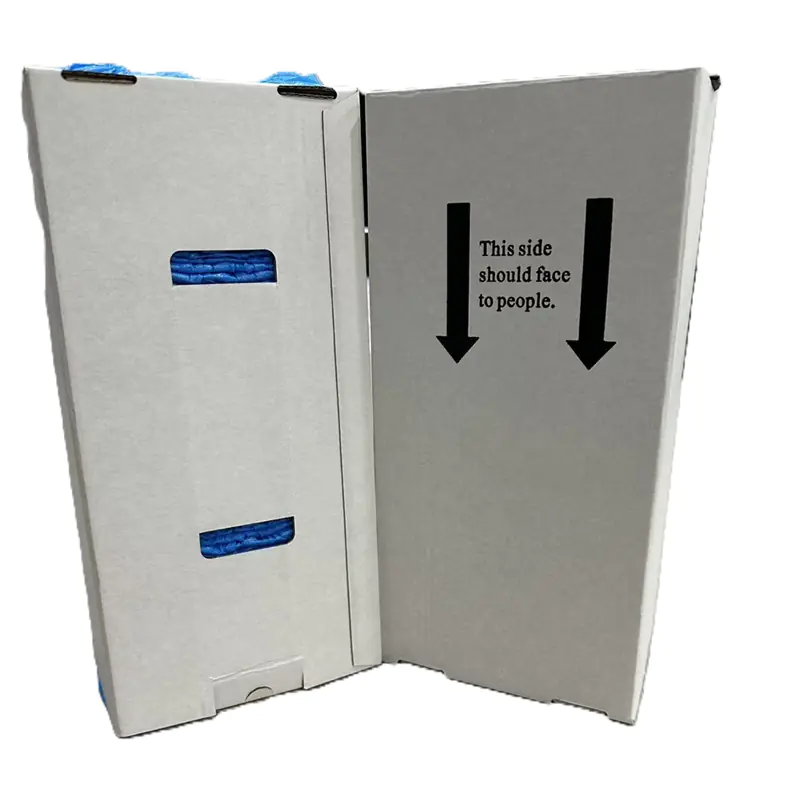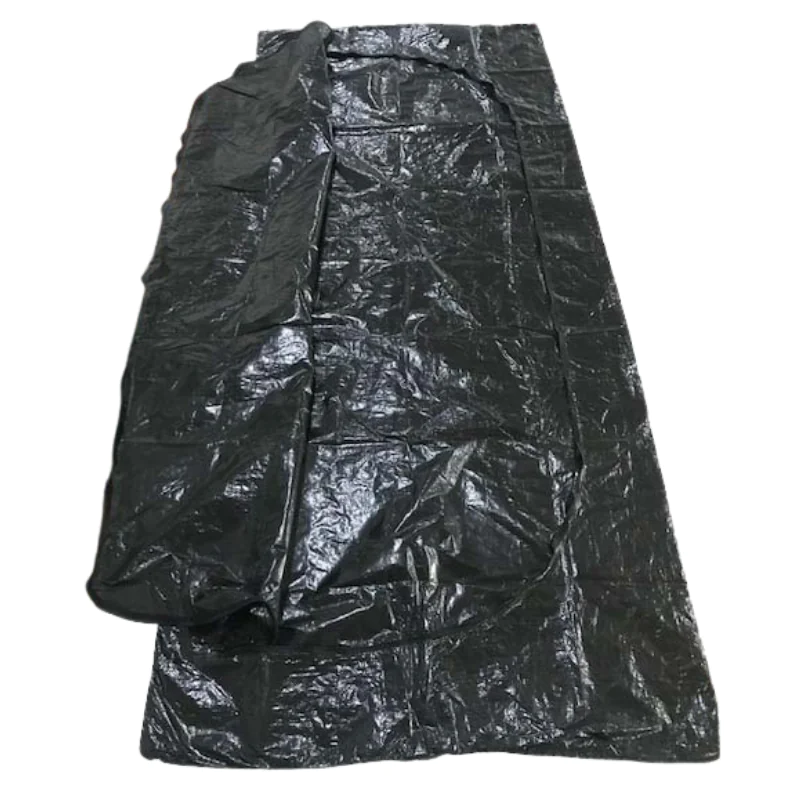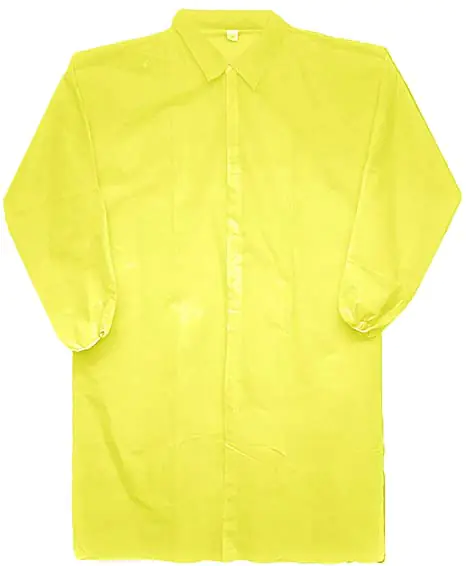Disposable booties are simple, light, and low cost. They are also very useful. They help you meet health and safety regulations in many places. These covers block dirt, germs, dust, and liquids. They also help reduce slips and falls. With the right fit and use, chaussons jetables support safe, clean work.
Why disposable booties matter
- Contamination control. They stop dust, dirtet mud from shoes. This protects clean floors and work zones.
- Infection control. They help limit contact with bodily fluids and splashes. This lowers the spread of germs.
- Slip prevention. Anti-slip et non-skid soles improve grip on wet floors.
- Compliance. They are part of PPE and help meet health and safety regulations.
- Visitor management. Fast to put on for guests and inspectors at the door.
- Zoning. Color or print can mark clean areas and restricted zones.

Where disposable booties are used
- Hospitals and clinics. Pour infection control in patient rooms and labs.
- Food processing. To keep hygiene and avoid cross-contact on wet floors.
- Cleanrooms and electronics. To cut lint et particulates in critical spaces.
- Pharma and labs. Pour contamination control around tests and fills.
- Manufacturing and paint shops. To keep dust off parts and wet paint.
- Construction and property visits. To protect floors during walk-throughs.

Materials and features to know
- PP non woven. Light, breathable, and low lint. Good for dry areas.
- CPE / PE film. Imperméable à l'eau and easy to wipe. Good for wet floors.
- SMS et microporous film. Blocks liquids but lets vapor out.
- Elastic opening. Holds the cover on the shoe and seals at the ankle.
- Anti-slip tread. Non-skid dots or patterns raise traction.
- Knee-high boot covers. Extra height for splash zones and heavy cleanup.
- Latex free. Better for users with skin concerns.
Learn more options:
- See non woven disposable shoe covers: https://med-disposable.com/product/non-woven-shoe-covers/
- Check CPE waterproof shoe covers: https://med-disposable.com/product/cpe-shoe-covers/
- Explore anti-skid shoe covers with tread: https://med-disposable.com/product/anti-skid-shoe-covers/
- Review microporous boot covers for cleanrooms: https://med-disposable.com/product/microporous-boot-covers/

How disposable booties support health and safety regulations
- Barrier to hazards. They shield shoes from chemicals, oilset bodily fluids.
- Cleaner workflows. They cut floor soil and help hygiene checks pass.
- Safer walking. Slip-resistant soles help meet floor safety goals.
- Proper PPE use. They fill a key part of a PPE plan for feet.
- Waste control. Single use helps avoid cross-use and cross-contact.
- Easy audits. Clear colors and signs show when covers are worn.
Choosing the right disposable booties
- Risk level. For light dust, pick PP. For wet areas, pick CPE ou PE. For mixed risks, pick microporous ou SMS.
- Slip risk. Use anti-slip ou non-skid tread on smooth floors.
- Liquid exposure. For splash zones, choose waterproof film and taller boot covers.
- Breathability. Use breathable styles for long wear to keep feet cooler.
- Fit and size. Universal size fits most. Large boots may need roomy covers.
- Durability. Check seam strength and film thickness. Avoid easy tears.
- Packaging. Pair-packed ou dispenser box makes fast entry setup.

Proper donning and doffing
- Before entry. Clean or sanitize hands. Sit or stand steady.
- Don with care. Slide toes in first. Pull the elastic opening over the heel.
- Check the seal. Smooth the cover so tread sits flat on the sole.
- When leaving. Peel from heel to toe. Turn inside out as you remove.
- Dispose right away. Put used covers in the correct bin. Wash hands.
Best practices for compliance
- Clear SOPs. Post short steps at each door and dispenser point.
- Color coding. Use set colors for clean, buffer, and soiled zones.
- Training. Show staff and visitors how to put on and take off.
- Audit and record. Spot check use during rounds. Fix gaps fast.
- Stock control. Keep enough in each area. Refill before you run out.
- One time use. Do not reuse. Change after spills or between zones.
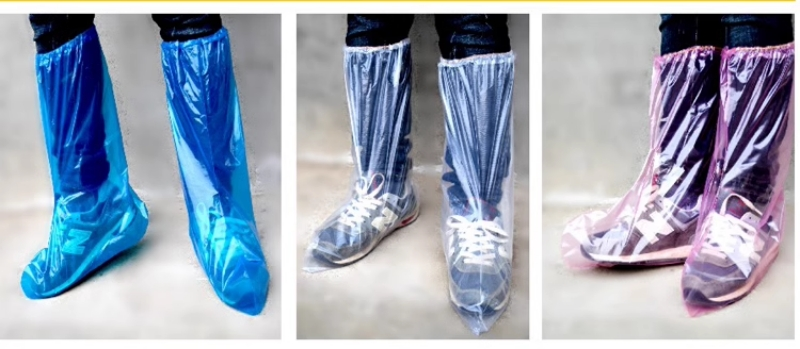
Cost and value tips
- Match spec to task. Do not overbuy heavy covers for low risk areas.
- Bulk packs. Larger cases cut cost per pair and save freight.
- Reduce waste. Good fit lowers tears and double layering.
- Smart staging. Place chaussons jetables where they are needed most.
- Measure outcomes. Track floor clean time and slip events. Adjust choice.

Common questions
- Are they waterproof? CPE et PE film styles are waterproof. PP is not.
- Do they fit big boots? Many have a universal size. Choose couvre-bottes for tall or bulky shoes.
- Do they help with slips? Yes. Pick anti-slip ou non-skid tread for smooth floors.
- How often to change? Change if wet, torn, or when moving to a new zone. Always after a spill.
- Can visitors use them? Yes. Keep dispenser stands at entries for fast handout.
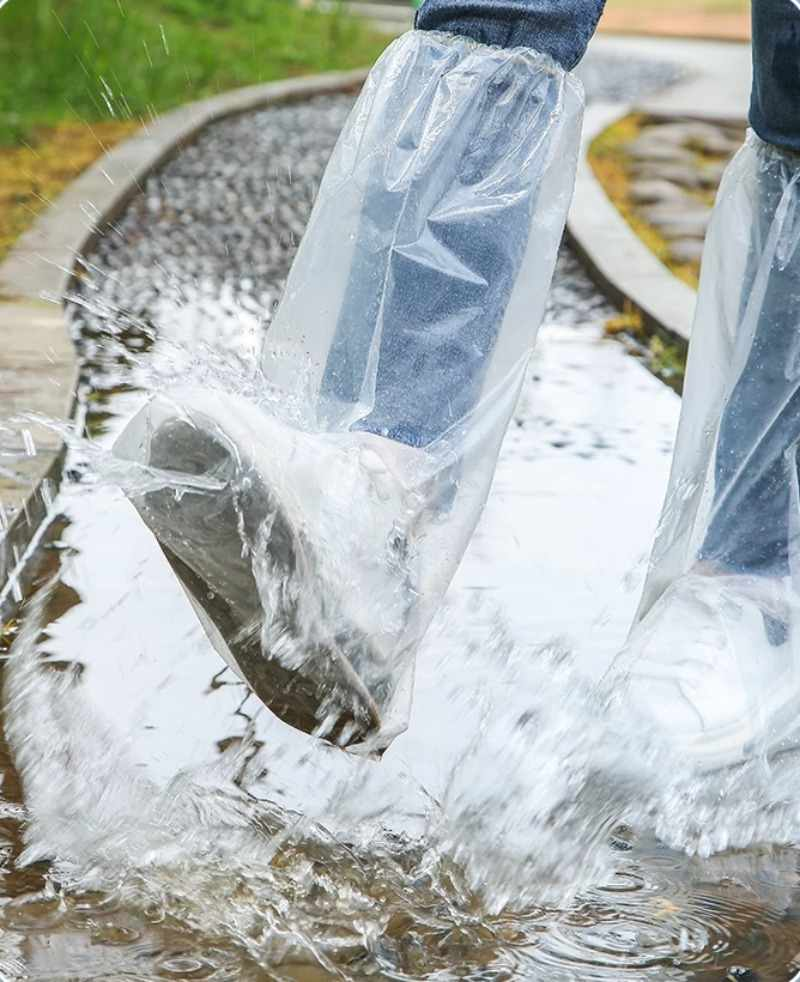
Setup for fast, safe use
- Entry controls. Place racks or boxes by doors to clean areas.
- Sitting spots. Add a bench or chair for safe donning.
- Signs with icons. Use simple pictures and bold words.
- Trash bins nearby. Place bins at exits for easy single use disposal.
- Floor checks. Wipe spills fast. Non-skid helps, but dry floors are best.
Environmental notes
- Right spec. Use lighter covers for low risk. Save heavy film for splash zones.
- Less packaging. Choose compact packs to cut plastic waste.
- Proper disposal. Use the correct waste stream if hazardous substances touch the cover.
The bottom line
Disposable booties help you meet health and safety regulations in a clear, simple way. They protect floors, products, and people. They lower contamination et infection control risks. They improve footing with anti-slip soles. They are fast to wear, easy to store, and clean to toss. With the right materials et features, they support safe work every day.
Pick the right type for each area:
- PP non tissé for light dust and dry rooms.
- CPE / PE waterproof for wet or splash zones.
- Microporeux ou SMS for mixed liquid and vapor.
- Knee-high boot covers for heavy cleanup or deeper splash risk.
- Anti-skid soles wherever floors are smooth or damp.
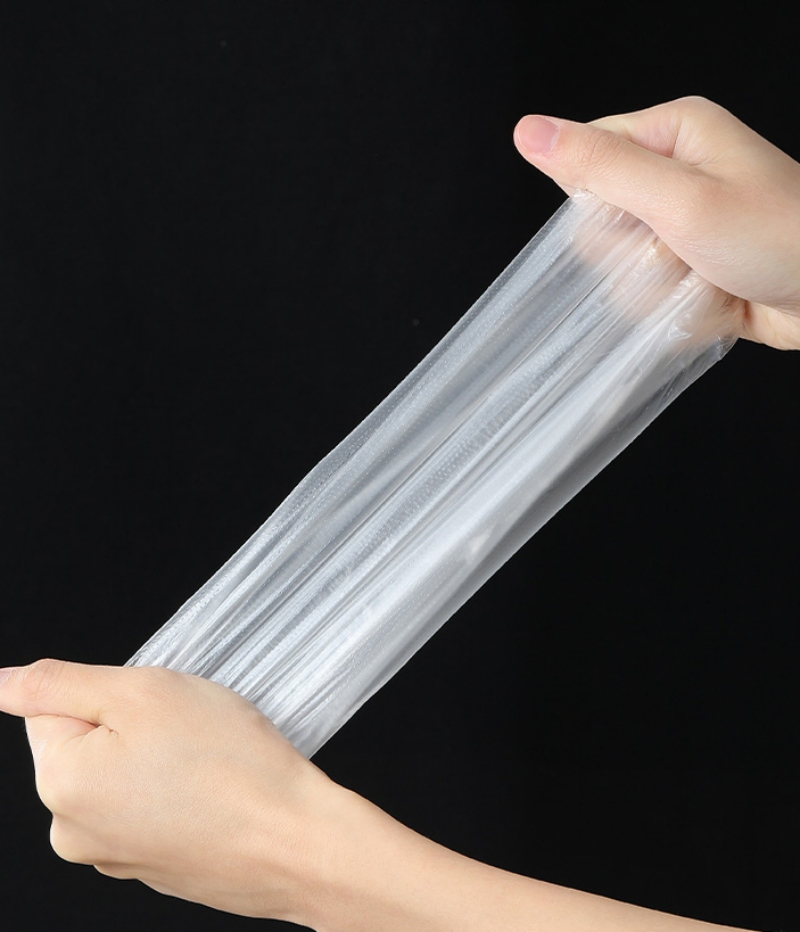
For product ideas:
- Non woven covers for dry rooms: https://med-disposable.com/product/non-woven-shoe-covers/
- Film styles for wet work: https://med-disposable.com/product/cpe-shoe-covers/
- Extra grip for smooth floors: https://med-disposable.com/product/anti-skid-shoe-covers/
- Tall covers for cleanrooms: https://med-disposable.com/product/microporous-boot-covers/
Use these steps, and your team can meet rules with ease. Your spaces stay clean. Your people stay safe. Your audits go smoother. That is the role of chaussons jetables en meeting health and safety regulations.

